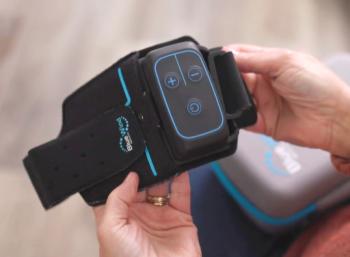
FCC broadband plan includes recommendations for healthcare
The United States ranks in the bottom half among comparable countries in almost every metric used to measure the adoption of health information technology, according to the National Broadband Plan recently delivered to Congress by the Federal Communications Commission.
The United States ranks in the bottom half among comparable countries in almost every metric used to measure the adoption of health information technology (IT), according to the
To stimulate health IT, the plan's authors recommend that the federal government:
Revamp the Rural Health Care Program to help rural healthcare providers purchase broadband services and expand the program to more institutions. The program currently is funded at $400 million per year.
Upgrade the Indian Health Service's broadband network to meet its health IT needs by spending up to $29 million per year.
Create economic incentives for broader health IT adoption and innovation via reimbursement to healthcare practitioners.
Help improve interoperability and data access related to electronic health records while protecting patient privacy.
Modernize rules related to licensing, privileging, and credentialing to enable healthcare practitioners to provide services remotely and across state lines.
The National Broadband Plan is a 21st-century roadmap to spur economic growth and investment, create jobs, educate our children, protect our citizens, and engage in our democracy," said Julius Genachowski, FCC chairman. "It's an action plan, and action is necessary to meet the challenges of global competitiveness and harness the power of broadband to help address so many vital national issues."
The American Recovery and Reinvestment Act in February 2009 mandated the creation of the plan. About half of its recommendations are addressed to the FCC, whereas the remaining recommendations are for Congress, the executive branch of the federal government, and state and local governments, all working closely with the private and nonprofit sectors.
Newsletter
Stay informed and empowered with Medical Economics enewsletter, delivering expert insights, financial strategies, practice management tips and technology trends — tailored for today’s physicians.














